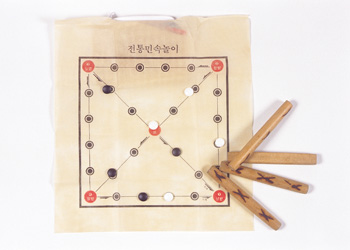The Korean college test is called Soo Neung (수능). This test is basically a test that will determine your future career. Many more factors are considered in U.S. college application process such as SAT, ACT, extracurricular activities, volunteer activities and personal essays, but in Korea, this one raw score will determine which college you are able to go. It is a cumulative test for everything up to high school and it is like a national event in Korea. Testing areas’ local work time is delayed so that minimal traffic is present before the test start. Rush hour period is extended from two to four hours. Bus and metro gaps are shortened so that more rounds are completed. During the English listening section, all airplane takeoffs and landings are prohibited to remain silent. Also, police forces are near the testing areas to help students who are late to arrive on time and only public transportation is allowed near the testing area. After the test, there are lots of retail discounts with the admission ticket used for the test.
Like SAT and ACT, the test consists of several subjects including math, English, Korean, and history, and If you are late to the test, you are not allowed to take the test and will have to wait another year to take it. It is very common for students to wait multiple years to study for the same test again to receive a higher score, so gap years are common and recommended if the score turned out to be low.

